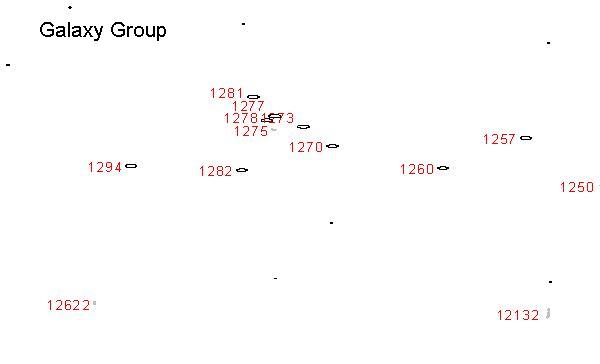A Long Overdue Eclipse
The last time Canada had a ringside seat to a total lunar eclipse was on February 21, 2008. From my backyard observatory in Ottawa, the night was cold and very clear thus leading to a perfect night of observation and photography. A great advantage of a winter eclipse is the Moon’s position high on the ecliptic. It was truly a night to treasure in more ways than one.
But now, thirty-four months later the drought is finally over. Our natural satellite will again hide in the icy shadows of mother Earth for a three and a half-hour show on December 21 – the same date as winter solstice which occurs at 6:38 p.m. Eastern Standard Time. On the east coast of North America, the Moon will make first contact with Earth’s shadow at 1:32 a.m., mid-eclipse will occur at 3:17 a.m. with the show ending at 5:01 a.m. At fourth contact, the Moon completely leaves our shadow.

During its path under the veil of totality when the lunar landscape turns a coral orange, use a telescope to see stars disappear on the east side while others reappear on the west side. Depending on where you are located in North America, the Moon comes very close to the open cluster NGC 2129. The colour change is a result of sunlight refracting through our atmosphere or if you were on the Moon during totality, you would see Earth’s thin atmosphere as a bright orange ring. So get out those cameras and enjoy this celestial show as the next all-night total lunar eclipse will take place on April 15, 2014.
With the eclipse spectacle lasting only one night, what do we do for the rest of the month? Well if you look straight up at the zenith on clear nights, you will gaze upon Perseus the hunter. Mythology portrays two hunters in the sky with Orion being the other guy. Within its boundaries, the constellation is home to fine examples of different types of stellar wonders such as the star party favourite – the Double Cluster.
These two separate clusters containing hundreds of stars each seem to be close neighbours but they reside 7,300 and 7,700 light-years from us. The duo is a naked eye object from light free suburbs. So the next time someone asks how far can you see, point to the double and let them know how far the naked eye can see.
For our astrophotographers, the California Nebula is a fairly easy target to image. Measuring some five full moons placed side to side in the sky, photography is the best way to gaze at this emission nebula. It is listed under two catalogue numbers: NGC 1499 and Sharpless 220. If planetary nebulas are your cup of tea, might I suggest NGC 1514? It possesses a very random design. Its central star is quite visible.

What constellation does not harbour galaxies? There is a galaxy group consisting of NGC 1273/1275/1277/1278/1281 and 1282 with the faintest being about 14th magnitude. Another little pair is NGC 1160 and 1161. Both are 13th magnitude and reside close to 3 arc minutes apart. Astronomers estimate they reside 133 million and 103 million light-years from us respectively.
We even have a wonderful variable star. Algol (the Demon star) is an eclipsing binary meaning a smaller companion star is orbiting Algol and thus changing the light curve. With only the naked eye, one can follow two complete cycles in a week. Like clockwork Algol’s light dips from magnitude 2.1 to 3.4 every 2.87 days.

And for a change of pace, we will even through in one of the best meteor shower of the year. On the night of December 13/14, the Geminids will be in all their glory. This shower has a constant rate of 120 meteors per hour and will peak around 6 a.m. on the east coast. The Geminids is a very slow and graceful shower with meteor speed half that of the Perseids or 35 kilometres per second. Best views are out of town away from stray lights. The show commences after sunset with greater numbers seen when the constellation is high.
From planet watchers, Jupiter’s missing belt is slowly returning to view after a long vacation. At 5:45 p.m. eastern on Christmas Day, the king of planets will be sporting two shadows from Io and Europa. With a telescope (maybe from the one found under the Xmas tree) follow the shadow’s slow migration across the face of Jupiter. This should take about two hours and fifteen minutes. Consult page 236 of the 2010 Observer’s handbook for other transit timings in December.
And finally - speaking about telescopes as gifts, try to stay away from the bargain telescopes sold at department and big box stores. Consult members of your RASC Centre or club on what and where to purchase that special scope. There are many dealers located in Canada.
So as you can see, there is something this month for pretty well everyone. Have a Happy and safe Holiday Season.
Until next month, clear skies everyone.
